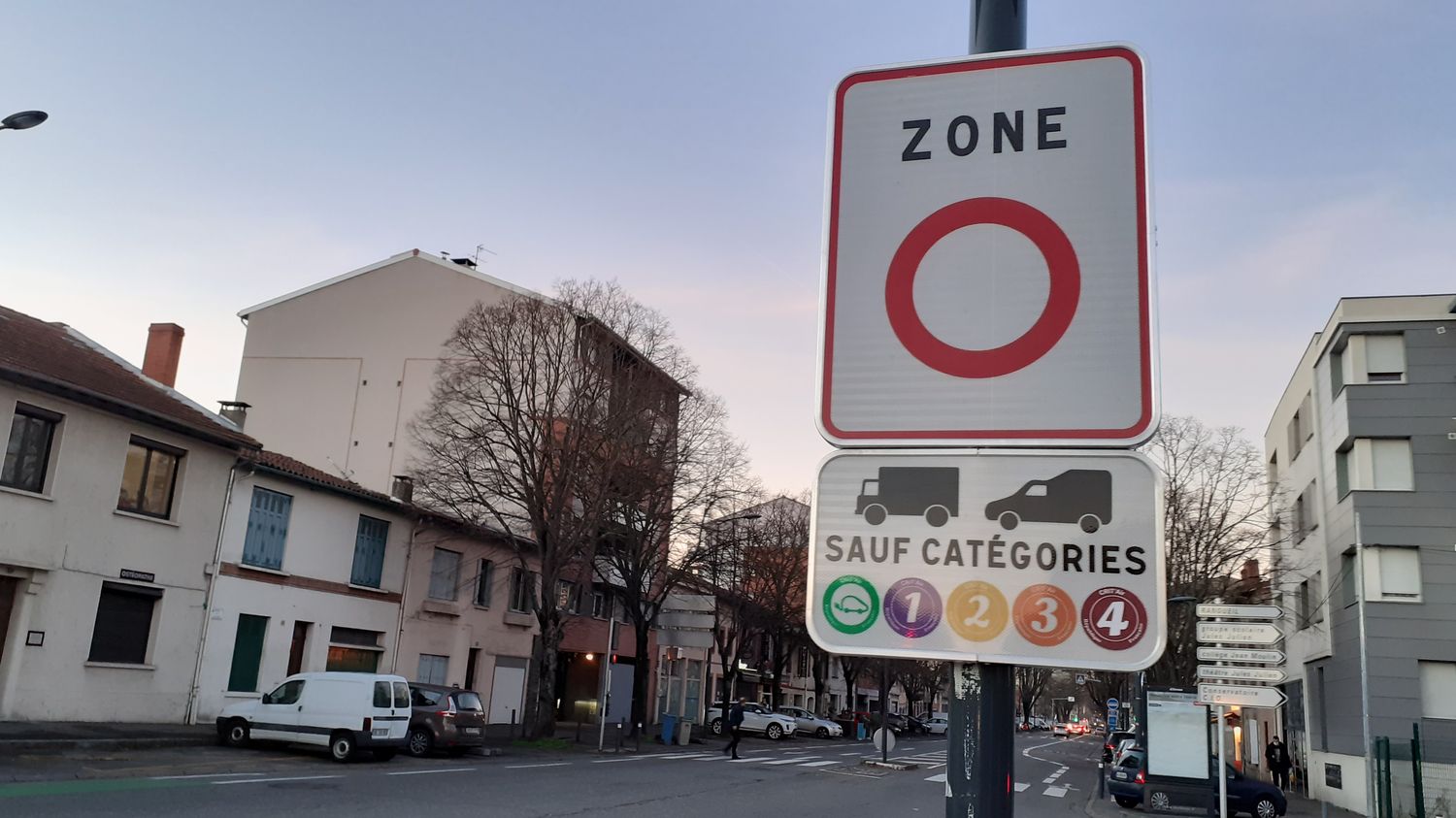Clément Viktorovitch returns each week to the debates and political issues. Sunday March 5: the question of the ZFE, the Low Emission Zones, which gradually withdraw the most polluting vehicles from the authorization to drive inside the big cities. A highly contested measure, both by the RN and by part of the left.
A time bomb: this is the expression that comes up frequently to qualify these Low Emission Zones. And it is not exaggerated. First, a look back: it was in 2019 that the government decided to impose EPZs in cities where the air is very polluted, before generalizing them two years later to large cities. However, they only come into force very gradually, with timetables extending until 2025. This is the reason why the ban on driving in the city in a polluting vehicle is only now beginning to be debated.
>> Map: where is the implementation of ZFEs in France?
These EPZs are justified, from an environmental point of view: according to Public Health France, each year, air pollution is responsible for 40,000 premature deaths in our country. It is enormous. In the city, more than half of the nitrogen oxides we breathe come from road transport – these are the figures from the Ecological Transition Agency.
In 2019, France was condemned by the Court of Justice of the European Union for failing to meet its air quality obligations. From both an ethical and legal point of view, we could not afford to do nothing. And it turns out that we have some hindsight on these Low Emission Zones. According to an article published in 2021 in the journal Transportation Research, EPZs have reduced the concentration of nitrogen dioxide in Madrid, London, Amsterdam and Berlin. If we want to reduce pollution-related mortality, this is indeed a solution.
A social justice issue
In fact, the ZFE will above all penalize the poorest, that is to say those who drive in the oldest vehicles. According to the latest INSEE mobility survey, 38% of the least well-off households own a highly polluting vehicle, and will therefore be excluded from city traffic – among the richest, this figure is four times lower. In Seine-Saint-Denis, three-quarters of the cars will have to remain in the garage in 2024. Especially since, of course, those who drive in the most dilapidated cars are also those who have the least means to change it.
Admittedly, the government has set up aid for the purchase of a less polluting vehicle. But the rest to be paid is too heavy for many households. As for the rental of an electric car at €100 per month, promised by Emmanuel Macron, it should arrive this year. But we do not know the outlines, there are tensions on the market for electric vehicles, charging stations are not available everywhere. In short, in the current state of things, the EPZs actually risk depriving some of the poorest of their cars. And I’m not even talking about professionals, who won’t all be able to renew their fleet. We have, in front of us, a real social bomb.
The government is trying to compensate for this situation with support measures: since January 1, 2023, aid has been concentrated on the households that need it most. Previously, they mainly benefited those who could afford to change cars. In addition, Elisabeth Borne announced an investment plan in the railway, to offer alternatives to the car. But we can still ask ourselves: why take these measures only now, when the consequences of EPZs could have been anticipated from the start? And above all: will these measures be sufficient to avoid socially explosive situations? Aren’t we headed irremediably towards a postponement, or even an unraveling of the EPZs – an unraveling which has moreover begun, since the Prime Minister has already announced that there could be derogations?
Ecology of small steps
There were, however, ways to get out of this dilemma: massively develop public transport, promote cycling, develop cities to reduce distances – and as long as it was, finally review the operation of Crit’Air vignettes, because than the large electric SUVs that we let circulate in town, it may be less polluting, but it remains an energy absurdity. Except that, for that, it would have taken anticipation, time, and investment. Otherwise, we find ourselves today trying to reconcile two imperatives that have become irreconcilable: ecology and social justice.
What this shows us is that, if we don’t act soon enough and strong enough, no, the end of the world and the end of the month are not always the same fight. Perhaps it would be time to finally get out of the ecology of small steps. To, this time, tackle the problems head-on.
